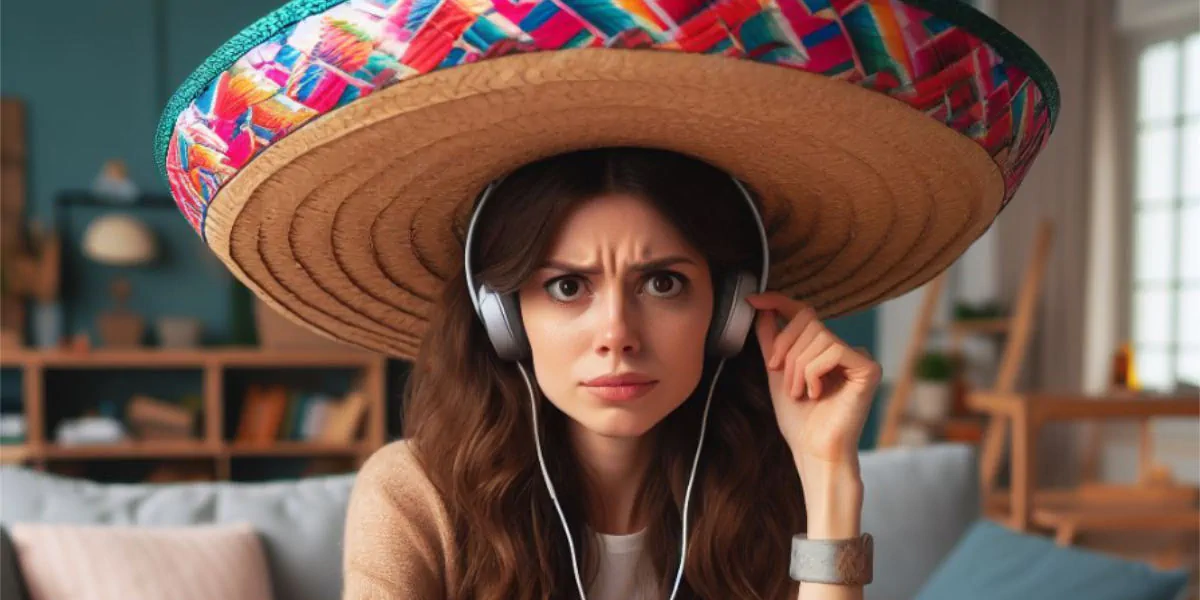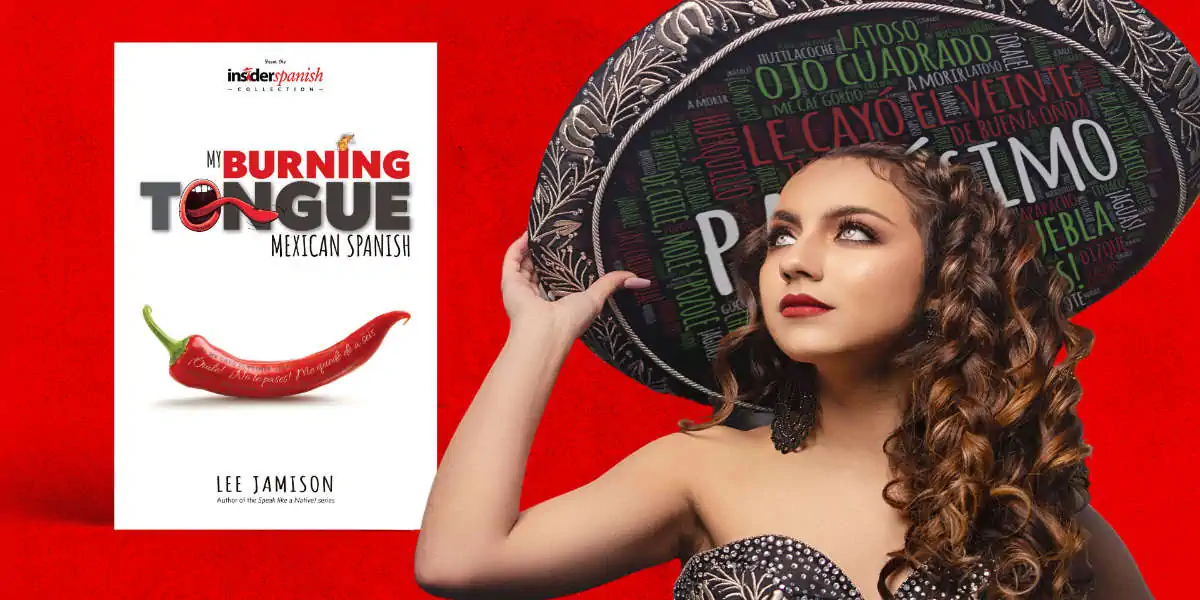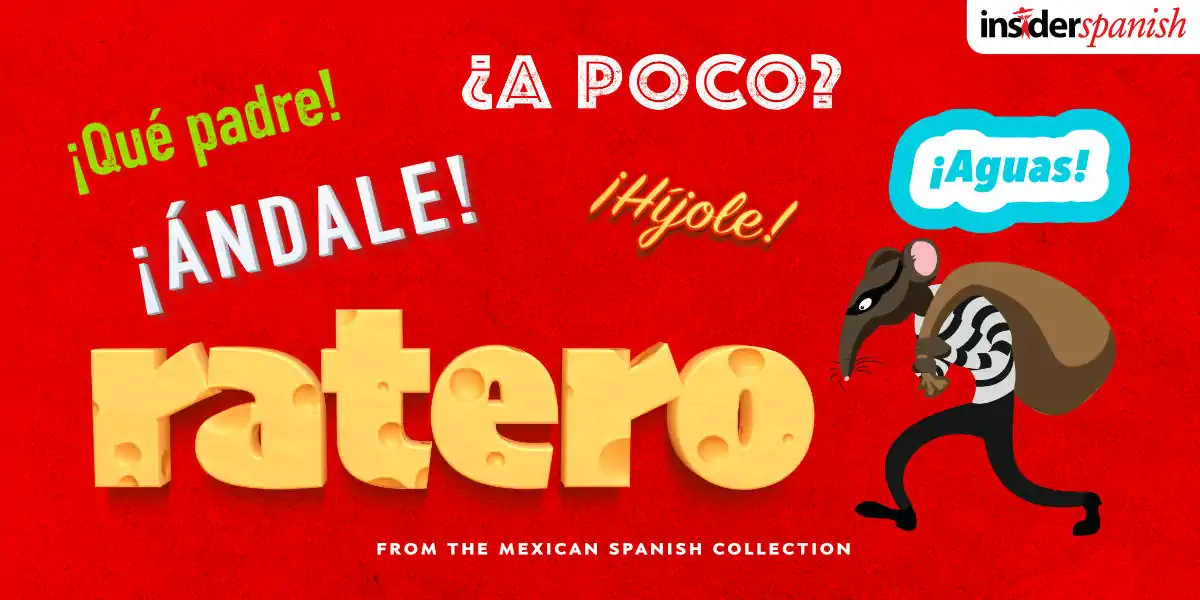The Best Way to Learn Mexican Spanish: A Casual Guide
How can you best learn Mexican Spanish? Come along with us as we count the ways. ¡Órale!

Image by Lee Jamison
LEARNING Mexican Spanish is like embarking on a vibrant, colorful journey through a land of rich history, mouth-watering cuisine, and warm, welcoming people. Whether you’re planning a trip, looking to connect with Mexican culture, or just want to spice up your language skills, this guide will help you navigate the best way to learn Mexican Spanish. So, grab your sombrero and let’s dive in!
Why Mexican Spanish?
Before we get into the nitty-gritty, you might wonder why you should specifically learn Mexican Spanish. Spanish is a global language, spoken in many countries with unique regional variations. Mexican Spanish is particularly useful because Mexico is the largest Spanish-speaking country in the world, and its influence is significant in the United States and beyond. If you learn this variant of Spanish, you will be able to communicate with more than 167,000 Mexican Spanish speakers! Plus, Mexican Spanish has its own charm, filled with distinctive slang, idioms, and expressions that reflect the country’s unique cultural identity.
Start with the Basics: Common Greetings
The best way to start learning any language is by mastering the basics. In Mexican Spanish, greetings are essential as they set the tone for any conversation. Here are some common ones:
- ¡Hola! – Hello!
- Buenos días – Good morning
- Buenas tardes – Good afternoon
- Buenas noches – Good evening/night
- ¿Cómo estás? – How are you?
- ¿Qué onda? – What’s up?
- ¿Qué tal?– How’s it going?
- Mucho gusto – Nice to meet you
These phrases will help you break the ice and are perfect for everyday interactions.
Embrace the Slang: Words Unique to Mexico
Mexican Spanish is renowned for its colorful slang. These words and phrases might not be found in a standard Spanish textbook, but they are crucial for sounding like a local. Here are some must-know examples:
- ¡Órale! – This versatile expression can mean anything from Wow! to Let’s go! depending on the context. For example, if you a coaxing a buddy to do something, just say Órale. It’s equivalent to: Come on!
- Chido/Padrísimo – Both mean cool or awesome. See something beautiful. Just exclaim: ¡Qué chido! How cool!
- Güey (pronounced ‘way’) – Used similarly to dude or buddy, but be careful with this one; it’s very informal.
- Neta – Meaning truth, it’s used to express sincerity or ask if something is true. For example, Es la neta verdad means: That’s the real truth.
- Chamba – A colloquial term for work or job. “Voy a la chamba” means “I’m heading to work”.
- Chela – Slang for beer. Ever heard of a michelada? This is a contraction of mi chela helada, that is, my cold beer. I’ll drink to that!
Dive into the Culture: Common Idioms
Idioms are the heart and soul of any language, offering insight into the culture and humor of its speakers. Idioms are groups of words that have a meaning which differs from that of the individual parts. For example, under the weather is an idiom meaning that you don’t feel well. It has nothing to do with the weather at all. In the same way, Mexican Spanish is rich with idiomatic expressions. Here are a few fun ones:
- Echarle ganas – Literally, “to give it some will,” this means to put in effort or try hard. If someone says to you: ¡Échele ganas! it means: Give it all you’ve got!
- Estar en la luna – Translates to to be on the moon, meaning someone is daydreaming or not paying attention.
- Más vale tarde que nunca – “Better late than never,” similar to the English phrase.
- Me cayó el veinte – Literally, the twenty dropped for me, meaning I got it or I understood. This saying came from the days of payphones. You dropped a 20-cent piece into the machine and you got a dial tone. Now it has the connotation of: It finally dawned on me.
- No tener pelos en la lengua – “Not to have hairs on your tongue,” meaning to be straightforward or blunt.
- Al mal tiempo, buena cara – This literally means: “To bad times, a good face.” The idea? Put your best foot forward, even when times are difficult. It’s almost like saying in English: When the going gets tough, the tough get going!
Interactive Learning: Apps and Online Resources
In the digital age, there are plenty of resources to help you learn Mexican Spanish interactively. Here are some of the best:
- Duolingo – This popular app makes language learning fun with gamified lessons.
- Babbel – Offers structured courses with a focus on conversation.
- Memrise – Uses spaced repetition and multimedia to help you remember vocabulary and phrases.
- YouTube Channels – Channels like Easy Spanish and SpanishPod101 provide useful lessons and real-life conversation practice.
Immerse Yourself: Music, TV, and Movies
One of the most enjoyable ways to learn Mexican Spanish is by immersing yourself in the language through music, TV shows, and movies. Here are some recommendations:
- Music – Listen to popular Mexican artists like Juan Gabriel, Luis Miguel, or contemporary bands like Maná. Pay attention to the lyrics and try to sing along.
- TV Shows – Telenovelas like La Reina del Sur or El Chavo del Ocho are entertaining and great for learning colloquial speech.
- Movies – Films like Y Tu Mamá También and Roma offer not only language practice but also cultural insights.
Practice Makes Perfect: Conversational Practice
Ultimately, the best way to learn Mexican Spanish is through practice. Remember: When you were a child, you did not learn English by reading grammar books! Rather, you learned by speaking it, even if your first words were mere babble. To learn another language, it is vital to let loose and fearlessly begin speaking the new language as well as you can. Here are some practical tips:
Language Exchange – Websites like Tandem or HelloTalk connect you with native Spanish speakers who want to learn your language. It’s a win-win! Join a Meetup Group – Many cities have Spanish language meetups where you can practice speaking with others. Travel – If possible, immerse yourself by traveling to Mexico. There’s no substitute for real-world experience. Many vacation in places like Cancún or Mazatlán. Why not kill two birds with one stone and make an effort to chat with hotel personnel, waiters and others?
Stay Consistent: Daily Practice
Consistency is key in language learning. Dedicate a little time each day to practice Mexican Spanish. The truth is that regular brief sessions will benefit you more than occasion jam sessions. Here are some daily activities that can help:
Flashcards – Use apps like Anki or Quizlet to review vocabulary daily. Read – Start with children’s books or short stories and gradually move to more complex material like newspapers or novels. Speak – Even if you don’t have a conversation partner, practice speaking out loud. Describe your day, narrate your actions, or even talk to your pets in Spanish.
Conclusion: Enjoy the Journey
Learning Mexican Spanish is a rewarding experience that opens up a world of opportunities. From understanding the lyrics of your favorite Latin songs to having meaningful conversations with native speakers, the benefits are endless. Remember to be patient with yourself, enjoy the process, and celebrate your progress along the way.
So, what are you waiting for? ¡Vamos a aprender! (Let’s learn!)
#Ad
Get the Ultimate Guide to
Mexican Spanish!

MORE than 167 million natives speak Mexican Spanish—with nearly 40 million speakers in the United States alone. Explore the idiosyncrasies of this colorful language spoken throughout the region. If a Mexican asks you for a popote, should you be worried? If he shouts ¡Aguas!, will you get wet? If another asks ¿Cómo ves?, is he concerned about your visual acuity? Find out what Mexicans are really saying as you uncover the hidden meaning behind more than 500 local words, idioms, and sayings. Some 100 illustrations make it easy to grasp the concept behind the words. We don't teach you Spanish; we teach you how to make your Spanish more Mexican! Get your copy today! Available in print and Kindle versions.





